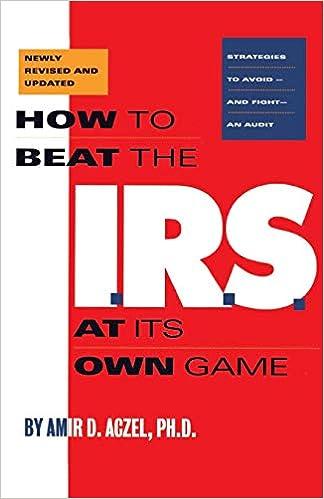You have recently been employed as a junior accountant at Thrones Ltd, a manufacturer of a miniature statue based on a popular TV show character. Unfortunately, your supervisor, the main company accountant, has been injured in a recent horse riding accident and is away from work for some time. The company CEO, after hearing you have recently graduated from a prestigious university with great results in management d you to prepare a variance report for a management meeting later in the week. You have been provided with the following information on the company's standard manufacturing costs schedule for their only product, along with the actual results for the last month. Standard cost per unit: Direct materials Direct manufacturing labour Variable manufacturing overhead Fixed manufacturing overhead Total (2 kg @ $8 per kg) (1.2 h @ $25 per hour) ($12 per DLH) ($25 per DLH) $16.00 $30.00 $14.40 $30.00 $90.40 To calculate their unit manufacturing overhead rates, the denominator level used by the company for budgeting purposes is based on a volume of 1680 direct labour hours (1400 units). All variances are isolated at their earliest convenience. Actual results extracted from the company's records for March include the following: Direct materials purchased Direct materials used Direct manufacturing labour incurred Actual variable manufacturing overhead incurred Actual fixed manufacturing overhead incurred 2400 kg for $20,640 1900 kg 1450 h @ $23 per hour $15,000 $43,060 The actual production for the month of March was 1000 units. Required: (a) Prepare a schedule showing the total budgeted standard manufacturing cost for the actual production of 1000 units in March. (5 marks) (b) Calculate all manufacturing variances for Thrones Ltd for direct materials, direct labour, variable and fixed overheads for the month of March, indicating whether each variance is favourable or unfavourable. (10 marks) (C) Provide a brief analysis of the company's performance based on the variances above, and which areas, if any, may require further investigation? (5 marks) (d) When overhead is allocated based on direct labour hours, as it is here, is it possible to have an unfavourable labour efficiency variance and, at the same time, have a favourable variable overhead efficiency variance? Briefly explain. (4 marks)







